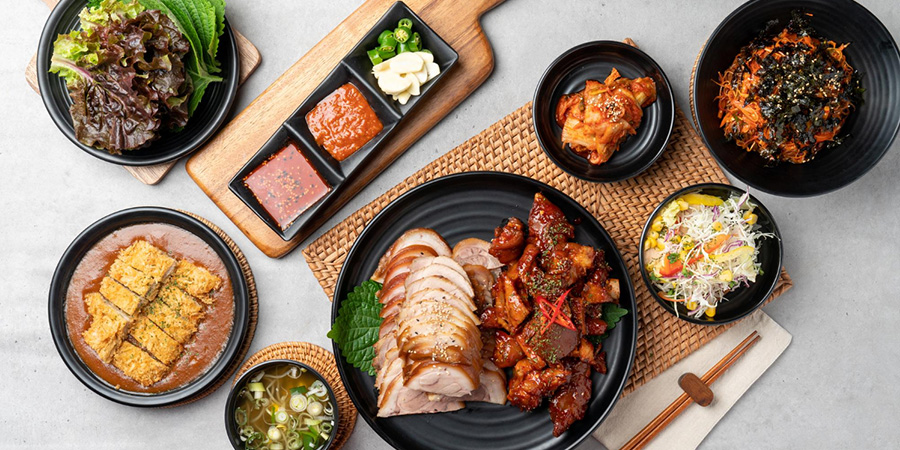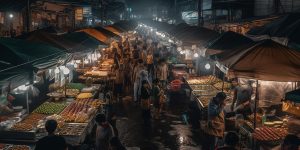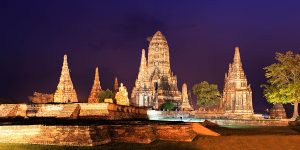The Korean Wave or Hallyu as the Chinese call it, has taken Asia and the world by storm. Over the past decade it has been spreading across China, Thailand, Taiwan, Vietnam and Philippines. Nepal, like its Asian counterparts has also been engulfed by it. More and more young adults are emulating South Korean fashion and hairstyles, following Korean movies and drama, and using Korean cosmetics, cars or phones. Simultaneously there has also been an increase in the number of “Study in Korea” consultancies and Korean Language Institutes within the country.
SITCOM MANIA
The explosion of Korean soft power around the world and in Nepal began with the introduction of television channels such as Arirang into the Nepali cable companies. The popularity of Korean culture has spread with the release of movies like Sassy Girl in 2001, drama like Boys over Flowers in 2009, and other popular romantic series. Video rentals shops started stocking up with Korean DVD’s which was rivaled by only that of Hindi movies.
Despite English subtitles in the movies and drama, the popularity of Korean entertainment has been phenomenal. Video piracy makes the CDs affordable and accessible to the middle class. Part of the popularity of Korean films is that Nepalis identify with the looks of the characters, and with the story line and its strong emphasis on cultures, relationships, society, and values.
The impact of Korean cinema can now also be seen in Nepali cinema with storylines and strong plots that showcase sensitivity towards life, something that all audiences can relate to. Nepali movies, too have started to tread across traditional storylines to more modern renditions that attract a younger target audience. The Nepali film industry that previously benchmarked Bollywood has now moved to Korean movies and drama.
This is evident through the release of movies such as Sano Sansar (2008) which is heavily influenced by My Sassy Girl, and released (2009), which is similar to A Millionaire’s First Love. This trend of drawing inspiration from Korean cinema is seen across Asia, and the Korean government has been riding this popularity of Korean culture exports. Even the Korean Embassy holds an annual Korean Film Festival.
GLOBALISING GANGNAM
And it’s not just the movies, Korean Pop (K-Pop) has also become increasingly popular in Nepal with the spread of the Internet which has transformed the way music is distributed and shared around the world.
The popularity of the K-Pop genre has emerged as a side effect to the explosion of the Korean drama and movie industry in Nepal, and like the movies the music is also affecting Nepali music. For instance, Karaoke bars can be seen in certain parts of Thamel, and Korean videos are often used as accompaniment to Nepali music in YouTube videos.
The popularity of Korean music and videos can also be attributed to the rapid distribution on the internet. Social networking sites and video sharing platforms such as Facebook and YouTube have been instrumental in widening the reach of K-Pop music, therefore allowing it to tap into a sizeable chunk of overseas audience leading to the global proliferation of the genre. Korean music videos often feature band members in fashionable getups and performing synchronized dance moves. This in combination with a dedicated fan base catapults the popularity of these videos in social media.
For instance, Korean pop artists like PSY have gone on to become global stars after garnering the highest videos watched on YouTube through singles such as Gangnam Style which garnered 1.66 billion views in 2012 and Gentleman which recorded 430 million views in the first half of 2013. K-Pop has gone viral.
RECREATING SEOUL
Besides music and movies, Korean fashion trends are now also sweeping Asia. The Korean Wave in clothing, hairstyles or cosmetics are now alternatives to global trends that used to be Western-dominated. The Nepali market also has been influenced, and there growing number of stores selling Korean fashion and cosmetics. Oversized coats, knitwear and jackets, colorful woolen scarves, and knee high boots are the hallmarks of Korean fashion. Hairstyles also play a big role in this new trend, and Koreans and Korean culture fans can usually be spotted with colored, sleek and sharp haircuts, and attention- grabbing accessories
Youngsters in Nepal looking to stand out in a crowd and express their individuality can be found emulating Korean fashion, stocking up on Korean accessories and sporting unique hairstyles. A large number of teenagers, especially girls can be seen on social media wearing large colorful glasses adorned with ‘hello kitty’ symbols or pink bows, and flashing a peace sign. Korean fashion therefore ranges from the very whimsical and catering to young adults, to very sophisticated and appealing to a more mature target audience. Korean stores in Kathmandu cater to both age groups with their product line up.
The videos, film and music all complement the branding of Korean products. With most Koreans being showcased in the media having flawless skin, the Korean cosmetic industry has achieved an informal credibility within Nepal. Korean cosmetics, such as the Blemish Balm (BB) Creams in particular have been accepted globally with western cosmetic companies such as MAC, Revlon, Garnier, Clinique, Estee Lauder and Maybelline launching their versions of BB creams. In addition, with the rise in online shopping and shipping, Korean fashion has reached new heights with Asians all over the world opting to shop online as they provide cheaper options.
KIMCHI AND MORE
As Korean culture becomes more popular, it has also triggered the spread of Korean cuisine. Japanese, Korean and Thai restaurants are now replacing Chinese, Italian, and Indian in Kathmandu’s trendy street. Despite Korean cuisine being available in Kathmandu since the 1990s through restaurants like Villa Everest in Thamel, its popularity has surged following the Korean Wave. The popularity of Villa Everest has created a market for Korean cuisine allowing other restaurants to mushroom such as Picnic in 2002, Hankook Sarang in 2003 and Seoul Arirang in 2007. The most popular item on the Korean menu for Nepalis is the Bulgogi, Kimbab and Kimchi all washed down with soju, a drink that many find similar to Newari aila.
Another noticeable impact is on the noodle industry of Nepal which has been dominated by Wai Wai and Rara. Shin Ramyun a spicy brand of ramen (instant noodles) produced by the Korean company Nong Shim has become increasingly popular not only in Nepal but also across the globe. Korean food products such as different ramen brands, dried sea weed, ginseng tea and kimchi are available in supermarkets such as Bhatbhateni. In fact, Ramen and in particular Shin Ramyun has become so popular that small convenience stores across Kathmandu have also started stocking it.
BRAND SOUTH KOREA
South Korea is among the world’s 13 largest economies, however it was unable to establish a clear and unique brand in previous decades as it was focused on building the country and not marketing it. Subsequently attempts to establish a clear brand faced unique challenges, especially because of the confusion with North Korea. There was a time when most people associated the name Korea to Kim Jong-il of North Korea, which proved to be a huge barrier for South Korea in its attempt to establish its own unique identity.
However, over the past decade South Korea has managed to facilitate a major image shift in terms of its brand personification, and the export of Korean culture has been at the forefront of this. Through movies, drama, music, fashion, technology and automobiles Korea as a country has country achieved remarkable new positioning brand equity. Korean brands like Samsung, Hyundai, LG, Kia, and Daewoo have now got global recognition. Today, South Korea is best known and associated with strides in technology as evident through its ability to stay in the cutting edge of fast changing industries. Samsung in particular is a brand which has managed to grab a substantial market share internationally through its various products.
In Nepal, Samsung is one of the most popular brands in terms of mobile phones that has penetrated the Nepali market and is probably the only brand that releases mobile phones simultaneously to the international release date. In addition, its range of lower priced android phones provides the middle class in Nepal with cheaper options, which has allowed individuals to keep abreast with technological advancements worldwide. Similarly, brands like Hyundai and Kia had capture a significant market share in SUVS and sedans. The Hyundai Santro in particular is probably the most preferred automobile brand for the middle class in Nepal, as it has great resale value and lower maintenance costs.
In combination with Korea being a choice destination for Nepali migrant workers, the popularity of the Korean Wave in Nepal and the draw of Himalayan trekking and mountaineering in Korea, means a two-way cultural flow between Nepal and Korea are bound to flourish.







